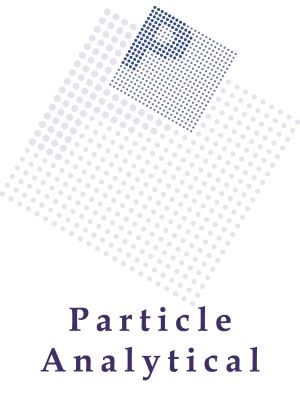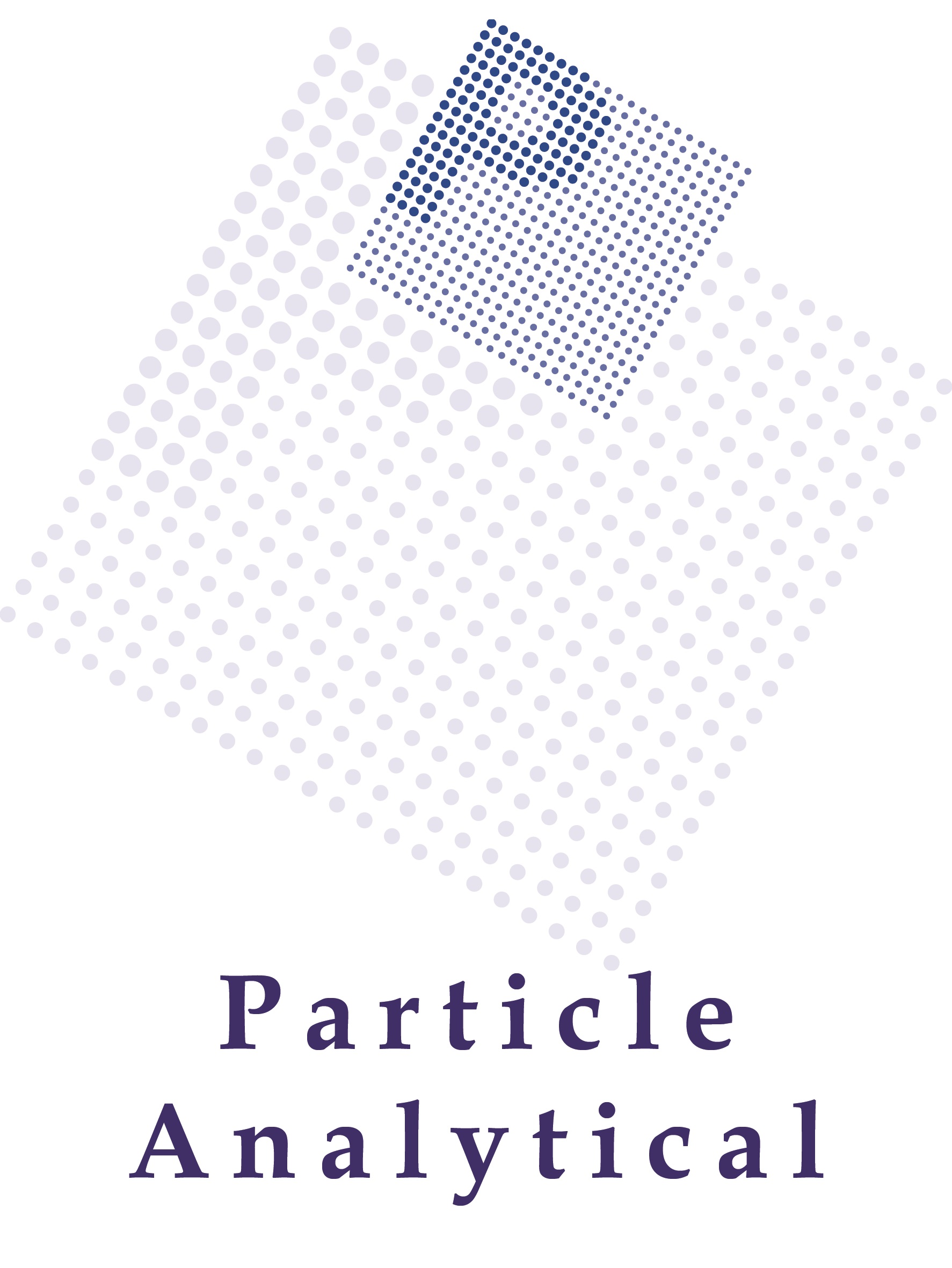By Particle Analytical…
Case studies from the real world of particle analysis
Overview
Particle Analytical’s expertise in the fields of particle size and property determination has valuable applications in helping clients solve real world problems. The following case studies show how.
Case 1: ‘Insignificant’ change has significant implications
Particle Analytical had been routinely determining particle sizes for a client product for eight years with no significant variations when the picture abruptly changed. Now the product mysteriously exhibited new particle distribution –even while still meeting essential specifications.
When researchers brought this to the customer’s attention, the client was very puzzled and wondered if the experimental procedure had changed.
Further investigation ruled out any variation in test processes or parameters, which meant that the variation must have been caused by some change in ingredients or production processes.
Eventually, a cause was discovered: one of the tubes in the production line had been replaced. It might seem that such a trivial change should not affect product quality. However in the highly precise world of fine chemistry, even minimal disturbances of the crystallization conditions can cause noticeable changes in particle sizes. This is why Regulatory Authorities insist on verification of the particle size distribution after any changes in the production line.
Case 2: New crystal form peaks tell a story
Recently, Particle Analytical ran a routine crystal form (XRD) measurement on behalf of a leading manufacturer. The identification (ID) test showed that the identity of the crystal form was “as expected” and formally complied with product specifications. However, the researcher noticed three small additional peaks on the diffractogram.
Why should this matter? People working with XRD know that special particle or crystal characteristics can give rise to extra peaks due to preferential orientation. Thus it was tempting to conclude that this orientation aspect was the cause of these extra peaks and leave it at that. After all, the regulatory guideline did not require any further investigation of these peaks since the ID test results were within specification.
However, Particle Analytical’s long experience in crystal form analysis also implied there was a potential risk that those extra peaks could be telltale signs of ‘something else’, for instance, the existence of a new polymorphic form in the sample – or some crystalline impurity. Either of these can be very significant, causing huge problems in later development.
Therefore Particle Analytical carried out further exploration. It turned out that the extra peaks were indeed caused by an impurity.
Experiences like this highlight an important truth: that XRD should not be used for quantitative analysis unless the method has been specifically validated for this purpose, by using an internal standard, for example.
Case 3: Instruments need ‘me time’, too
A customer had spent almost a year, on and off, in developing their own test methods for determining particle size of a certain product. They had succeeded in gathering a large amount of information about the product but their method kept causing them problems with extraneous results. Running out of time, they asked Particle Analytical for help.
Working to an extremely tight timeline, the PA team succeeded in developing and validating a method that fulfilled their needs.
During method transfer, the Particle Analytical team was also able to explain whythe customer had experienced so much trouble and variations in their own in-house analysis.
The customer’s basic method and equipment was fine. The problem was in the way they had been using instruments, conducting measurements in quick succession.
In fact, highly sensitive test instruments sometimes need minimum downtime between measurements to allow them to ‘relax’ back to true steady state.
Everybody (and everything) needs a break now and then, it seems…
Case 4: Sometimes less is more…
Particle Analytical experts were meeting a customer producing active pharmaceutical ingredients to talk about storage issues: The customer needed new drying cabinets to create capacity to dry the material correctly but had insufficient laboratory space. When the conversation turned to target drying times and temperatures, it became clear that the new process would be based on ‘that’s how we’ve always done it’.
This realization set off warning lights for the Particle Analytical team and they decided to go back a step to perform a single DVS experiment on two of the customer’s materials. It soon became clear that in fact the time needed for drying the new material was much shorter than expected.
This new knowledge ended up saving the customer a significant amount of money. The reduced drying times meant the client company could actually dry much more material than expected in a much shorter time. They didn’t need those expensive and space consuming extra drying cabinets after all.
Case 5: Predicting ‘unpredictable’ water content variations
A customer was performing Karl Fischer tests, using titration methods to determine trace amounts of water in a certain product. However, their results varied wildly, showing water content fluctuating between 1% and 4%. It seemed the results depended on what day of the week the test was performed.
Puzzled, the customer called in Particle Analytical for help. We suggested a combination of two tests:
- TGA measurement, where the sample is heated under controlled conditions
- DVS measurement, examining the extent of water binding as a function of temperature
These results showed that the product was quite hygroscopic, able to take up around 8% of water at room temperature and that this uptake was highly dependent on relative humidity and temperature.
These conclusions explained the large variations in the original titration tests: the results were being influenced by different starting conditions: the ambient temperature and humidity on the day of the test.
Resources
Click on Case studies from the real world of particle analysis for more information.
Click on Particle Analytical to contact the company directly.
Supplier Information
Supplier: Particle Analytical ApS
Address: Agern Allé 3, DK-2970 Hørsholm, Denmark
Tel: +45 4576 3060
Website: particle.dk

















